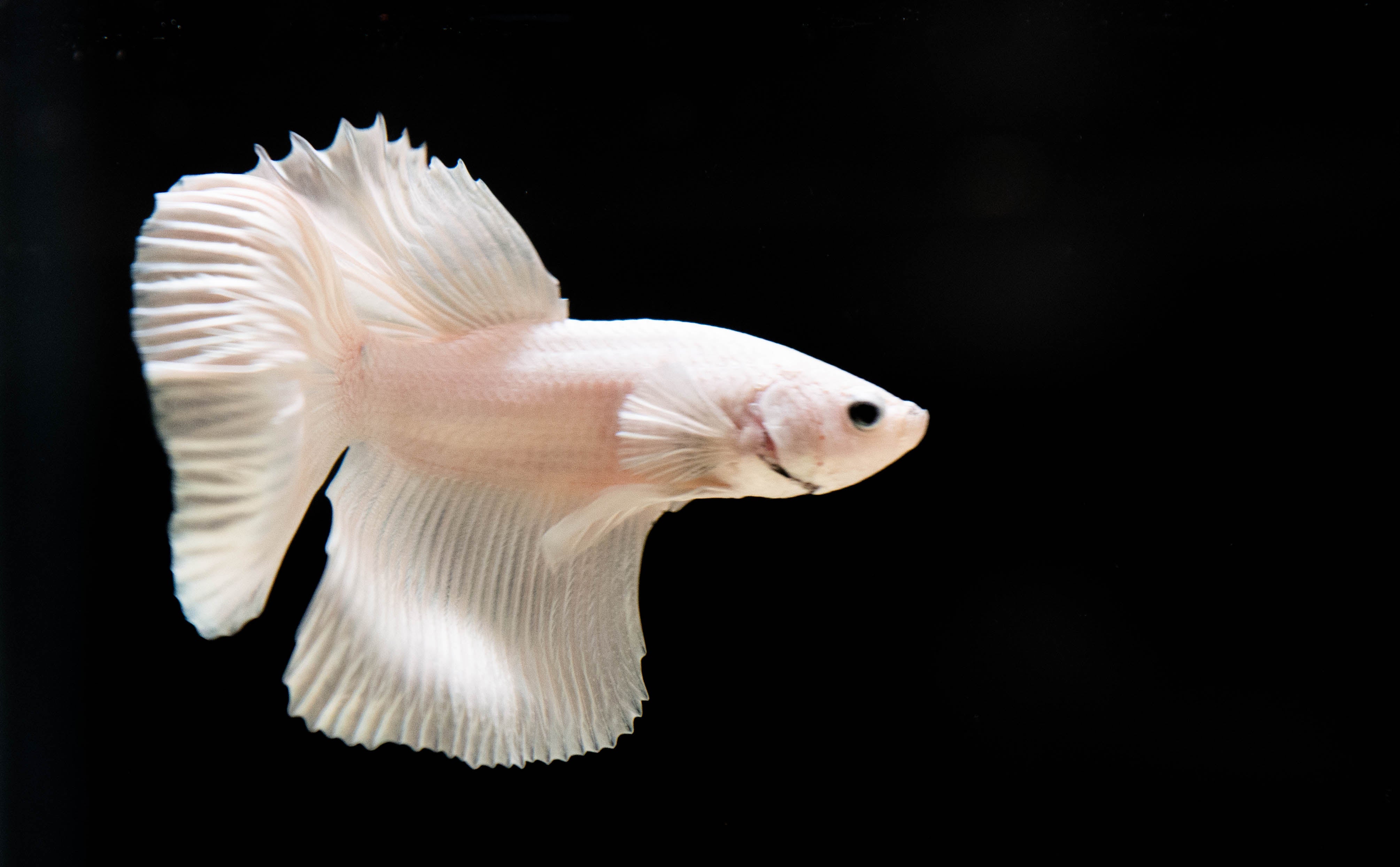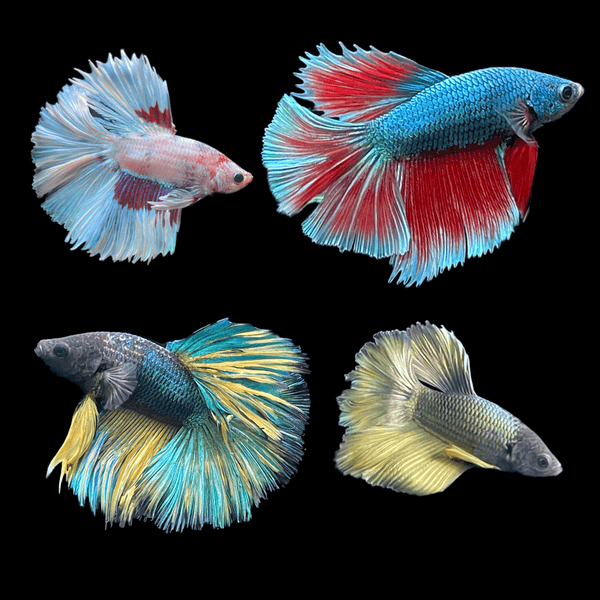Common Betta Fish Conditions and Exactly How to Prevent Them
Common Betta Fish Conditions and Exactly How to Prevent Them
Blog Article
Everything About Betta Fish: Comprehending Their Distinct Demands, Habits, and the very best Practices for Ideal Treatment
Recognizing the unique requirements and behaviors of Betta fish is necessary for any aquarist looking to provide optimum treatment. These exciting animals, indigenous to the cozy waters of Southeast Asia, display distinctive territorial tendencies and need certain environmental conditions to prosper. From picking the right container size to acknowledging potential health concerns, different variables dramatically influence their well-being. As we explore these components better, the ramifications for both beginner and knowledgeable fish keepers come to be progressively apparent, questioning regarding how finest to suit these impressive fish in our homes.
Betta Fish Introduction
Although usually admired for their lively colors and flowing fins, Betta fish, clinically referred to as Betta splendens, are complex creatures that need particular like flourish. Stemming from Southeast Asia, these freshwater fish are recognized for their territorial nature and unique habits. Betta fish display sexual dimorphism, with males showing extra brilliant shades and longer fins than ladies.
Their hostile tendencies, specifically among males, require mindful factor to consider when real estate them. Bettas are commonly kept in single-specimen containers to avoid territorial disagreements. They can coexist quietly with particular suitable types in larger area storage tanks, supplied the atmosphere satisfies their demands.

To make sure optimal care, aquarists should understand their one-of-a-kind behavioral traits, dietary requirements, and environment demands. betta fish. With proper focus, Betta fish can show their vivid characters and flourish in a properly maintained fish tank setup
All-natural Environment and Setting
Betta fish thrive in a varied series of natural environments, mainly located in the superficial waters of Southeast Asia, consisting of rice paddies, swamps, and slow-moving streams. These settings are identified by cozy temperature levels, typically in between 75 ° F and 82 ° F(24 ° C and 28 ° C ), and a pH degree varying from 6.5 to 7.5, which is suitable for their health and health.
In their natural environments, Betta fish are accustomed to dense plant life, offering both sanctuary and breeding grounds. The visibility of plants such as floating water lilies and thick turfs not only offers security from predators but also adds to the oxygenation of the water, which is necessary for their breathing needs. In addition, these environments commonly have locations of still water, enabling Betta fish to display their all-natural habits such as bubble nesting.
Understanding the natural environment of Betta fish is essential for aquarium enthusiasts. Replicating these problems-- via water temperature level, pH balance, and the incorporation of live plants-- can dramatically enhance the general wellness and long life of these captivating fish, ensuring they flourish in a home aquarium setup.
Social Behavior and Communications
Recognizing the social behavior and interactions of Betta fish is crucial for successful aquarium monitoring. here are the findings Betta fish, or Siamese battling fish, are recognized for their unique behavioral traits, characterized mainly by territoriality and hostility.
Alternatively, female Bettas exhibit less aggressive behavior and can exist side-by-side in teams, understood as sororities, if presented effectively. Nonetheless, it is critical to check their interactions closely, as power structure and prominence can bring about disputes. Understanding the dynamics within a Betta community is crucial; developing hiding spots and making certain enough space can reduce aggressiveness.
In addition, Betta fish might additionally present curiosity and social behaviors in the direction of other varieties. While they can coexist with certain non-aggressive tank friends, it is important to this website choose suitable species to prevent tension and aggressiveness. In general, acknowledging these social interactions is crucial to promoting a harmonious aquarium setting for Betta fish.
Vital Treatment Standards
Giving correct look after Betta fish is critical to their health and health. To guarantee a thriving setting, it is crucial to keep optimal water problems. The water temperature level ought to be maintained in between 76 ° F and 82 ° F(24 ° C to 28 ° C), while pH degrees ought to range from 6.5 to 7.5. Regular water adjustments-- approximately 25% once a week-- help preserve water quality.
Betta fish require a suitable tank size; a minimum of 5 gallons is advised to supply sufficient space for swimming and hiding. Consist of decorations and plants to produce a revitalizing setting, yet prevent sharp items that could damage their fragile fins.

Finally, guarantee the storage tank is furnished with a filter to keep the water clean, yet utilize a gentle filter to prevent strong currents that can stress the fish. By adhering to these crucial treatment standards, proprietors can promote a healthy and vivid Betta fish.
Common Wellness Issues and Solutions
In the treatment of Betta fish, recognition of common health and wellness concerns is essential for preserving their wellness. One prevalent issue is fin rot, often caused by inadequate water top quality or bacterial infection. Signs and symptoms consist of frayed or tarnished fins. To treat fin rot, enhance water problems and think about utilizing a broad-spectrum antibiotic.
An additional usual disorder is ich, a parasitical infection defined by white spots on the fish's body (betta fish). Therapy includes boosting water temperature and including aquarium salt to the storage tank, as this can assist get rid of the parasite
Swim bladder problem is also frequently observed, resulting in buoyancy troubles. This problem may emerge from overfeeding or constipation. A fasting period of 24-48 hours, complied with by a diet regimen of blanched peas, can give alleviation.
Finally, bettas might experience velvet disease, indicated by a gold dust-like look on their skin. Therapy typically needs medicine especially designed for exterior bloodsuckers, along with enhanced tank health.
Regular tracking of water criteria, preserving a clean atmosphere, and supplying a balanced diet plan are crucial safety nets. By addressing these health problems quickly, Betta fish can lead much healthier, more vibrant lives.
Conclusion
In recap, successful betta fish treatment needs an understanding of their unique requirements and behaviors. Regular surveillance of wellness and water high quality, along with a balanced diet regimen, contributes to the long life and vibrancy of betta fish.
Report this page